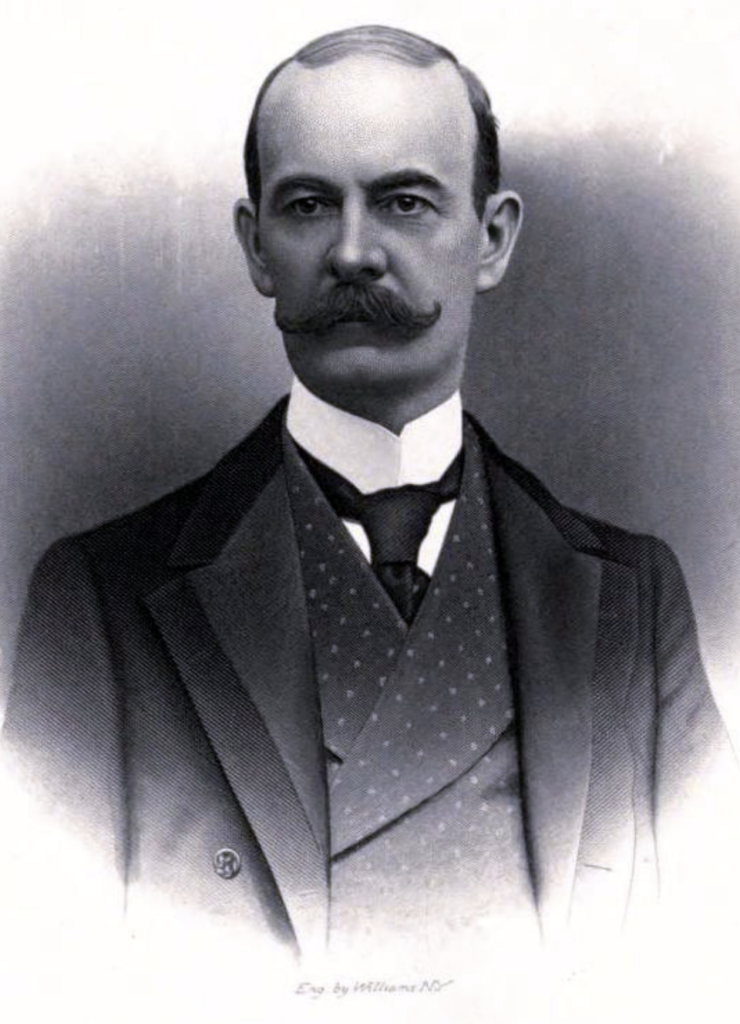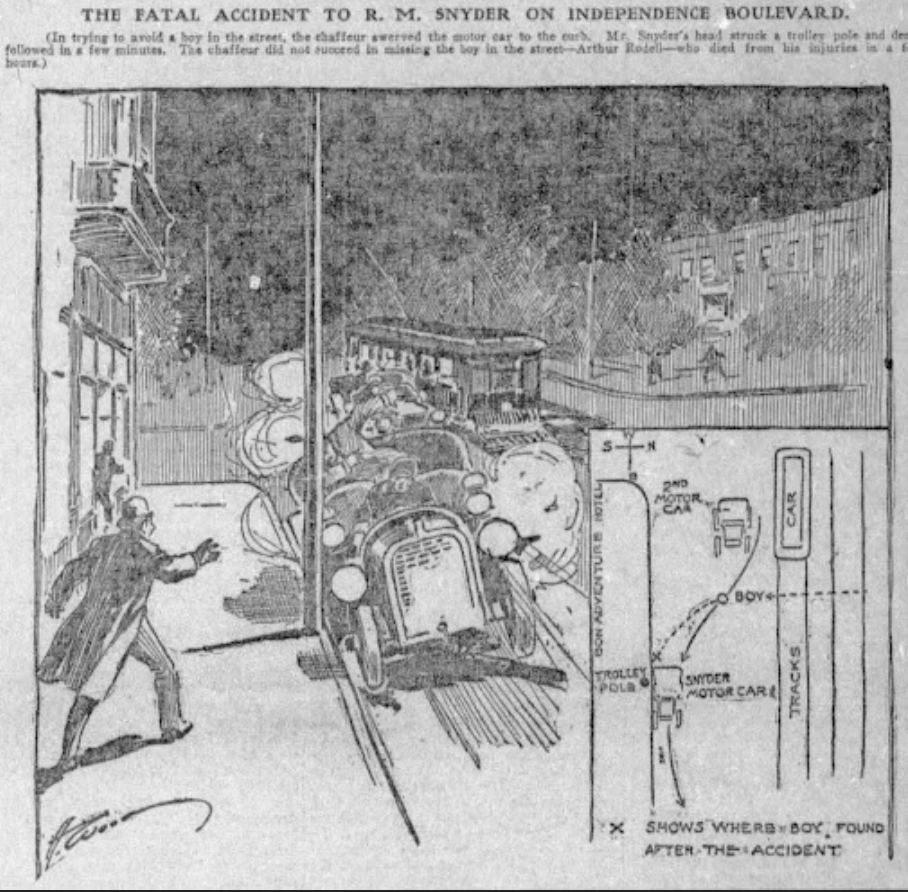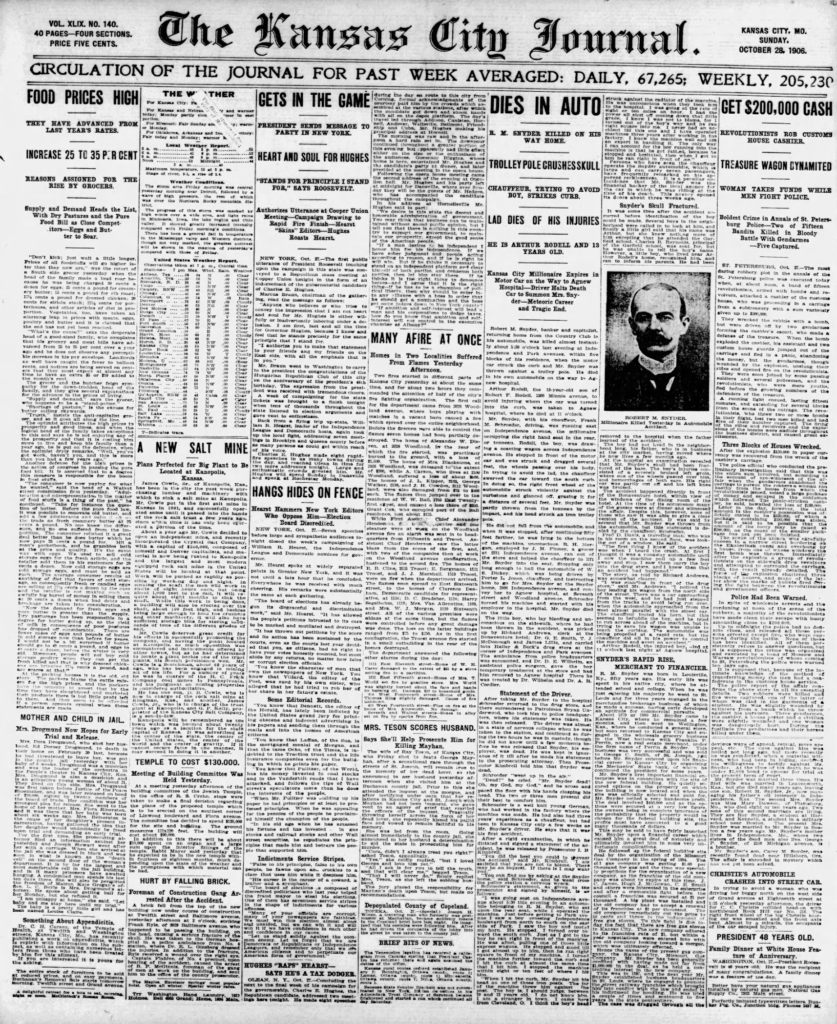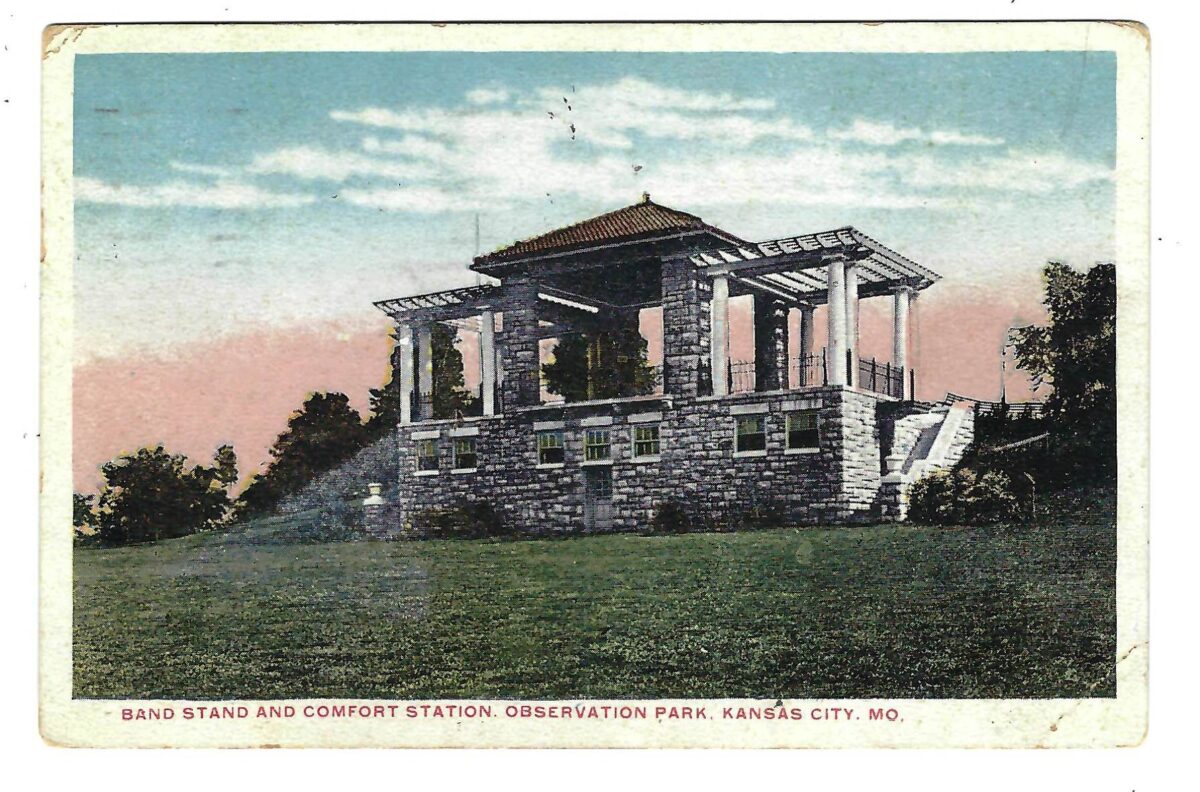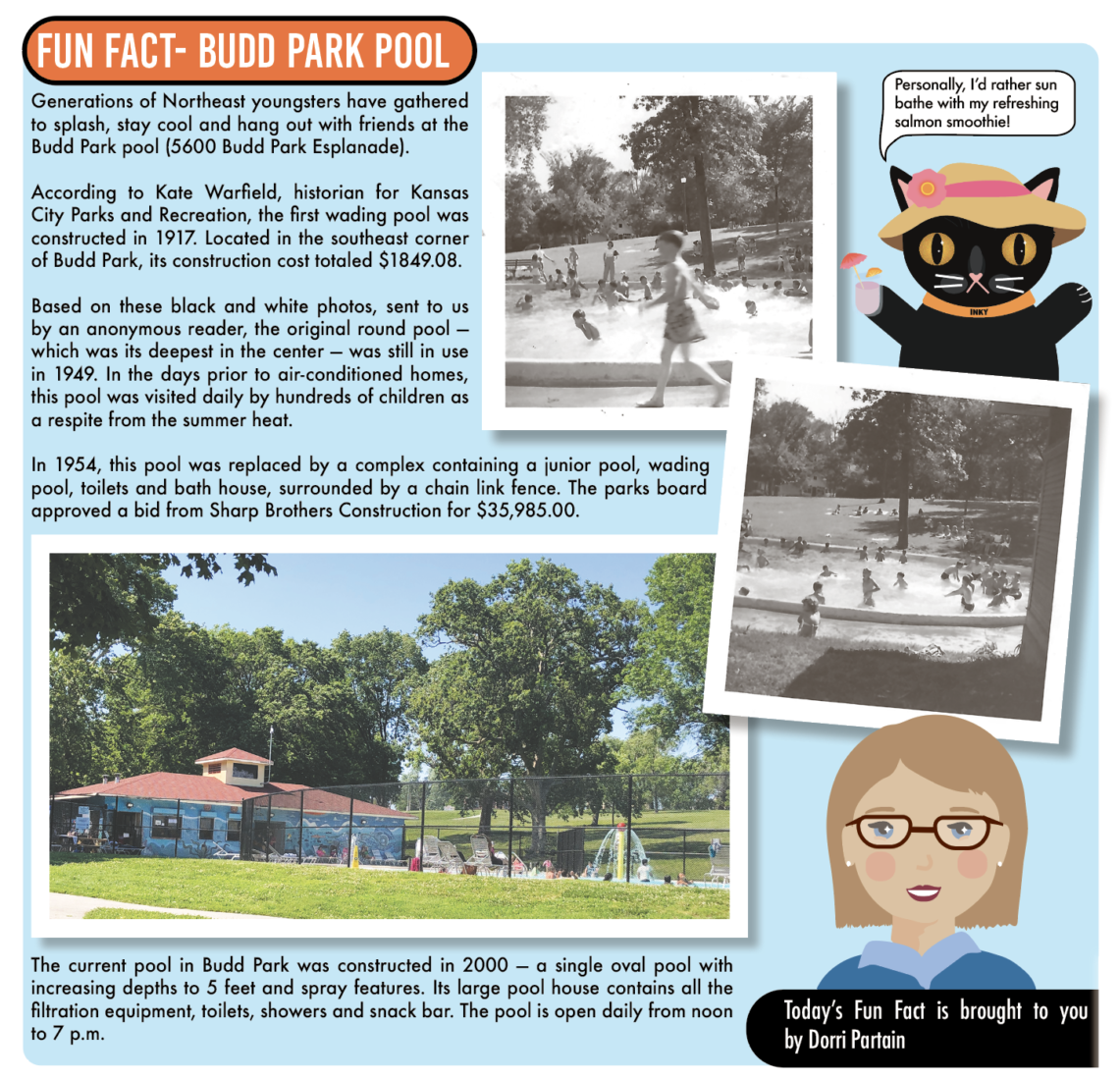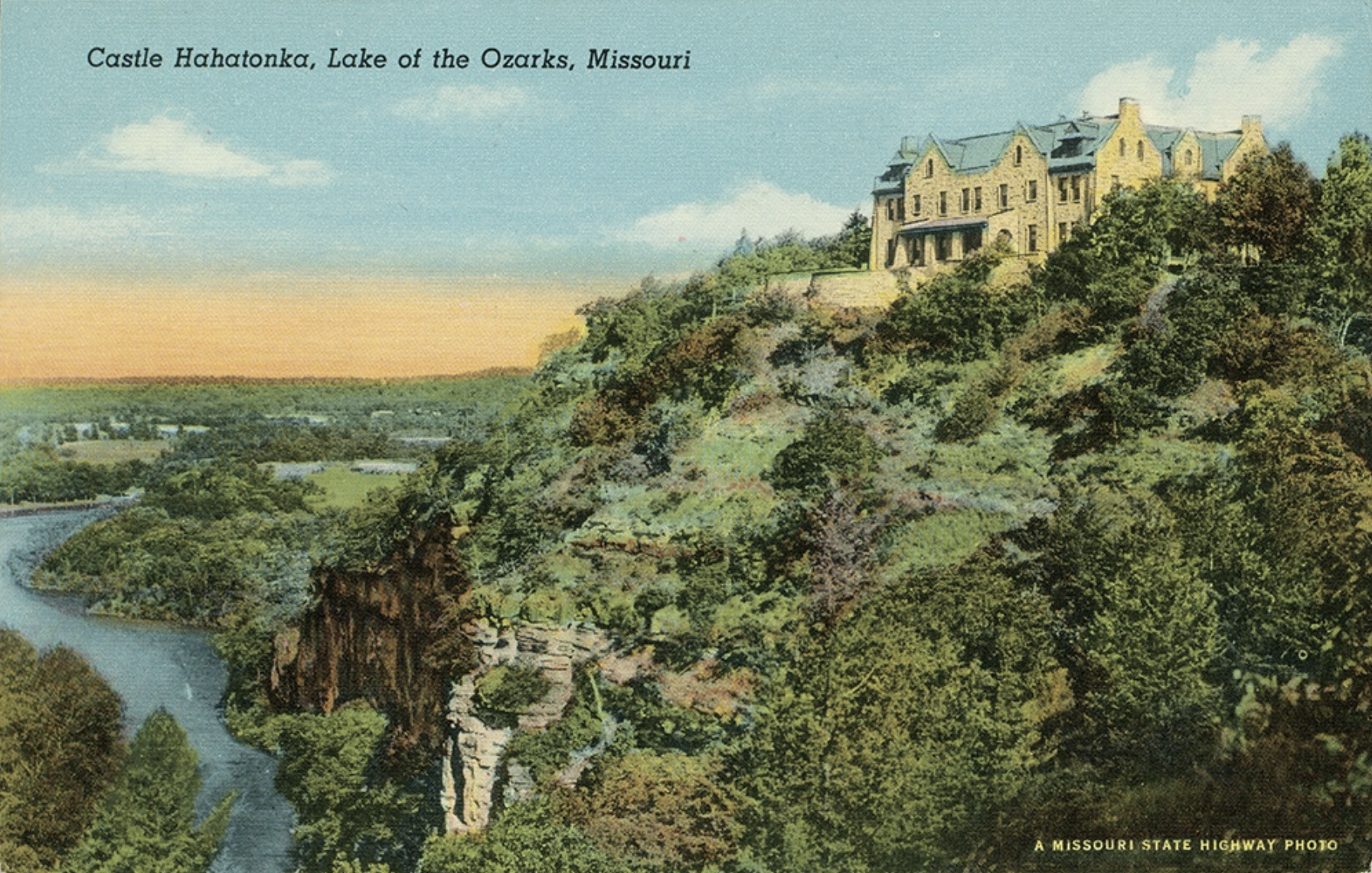
Michael Bushnell
Publisher
“Here I will spend my leisure, secure from the worries of business and the excitement of city life. I will fish and loaf and explore the caves of these hills, with no fear of intrusion.”
So said Kansas City businessman and financier Robert McClure Snyder on the compelling view from the high promontory overlooking the quiet Osage River near Camdenton, Missouri.
The embodiment of the Horatio Alger story, Snyder came from humble beginnings as one of seven children born to John and Sarah (Pence) Snyder in Columbus, Ind., in 1852. His father, grandfather and great-grandfather were millers by trade, owning mills and grocery stores in Virginia, Kentucky, Indiana and Missouri.
In 1880, Snyder moved to Kansas City, where he again became involved in the wholesale grocery business, later branching out into real estate speculation, banking and utilities. In 1904, he purchased 2,500 acres on HaHaTonka Lake and Spring in Camden County and immediately began constructing roads and making extensive improvements to the immediate area around what would later become a retreat for the Snyder family.
Snyder engaged the architectural services of Adrian Van Brunt, and obtained a Scottish foreman to ensure European authenticity in the construction methods of his dream retreat, then named Deer’s Leap.
Ha Ha Tonka Castle was to be Snyder’s legacy, but as is so often the case, he did not live to see his legacy fulfilled. He died in one of the first automobile accidents in Kansas City.
On October 27th, 1906 at roughly 5:30 pm, Snyder left his downtown office with his chauffeur Frank Schroeder at the wheel, headed to his home at 2806 Independence Blvd. As he was passing the Bonaventure Hotel at Independence and Park Avenues, a boy with a wagon began crossing the street from the north to the south.
Schroeder saw the boy but it was too late and due to his excess speed and the fact that the street had just been freshly oiled, was unable to bring the vehicle to a controlled stop. The car struck the boy, sending him airborne, then the curb, throwing Snyder from the back seat headlong into an iron trolley pole. The car skidded to a stop some fifty feet down the road, Snyder laying in the back on the floor, mortally wounded. Both Snyder and the boy, thirteen year old Arthur Rodell of 2300 Minnie Avenue succumbed to their injuries at Agnew Hospital near 7th street and Woodland Avenue. The accident prompted discussions by city leaders who advocated for the addition of stone crossings on all boulevards to discourage speeding along the city’s newly christened boulevards. Some of these stone crossings still exist along Gladstone Boulevard east of the Kansas City Museum.
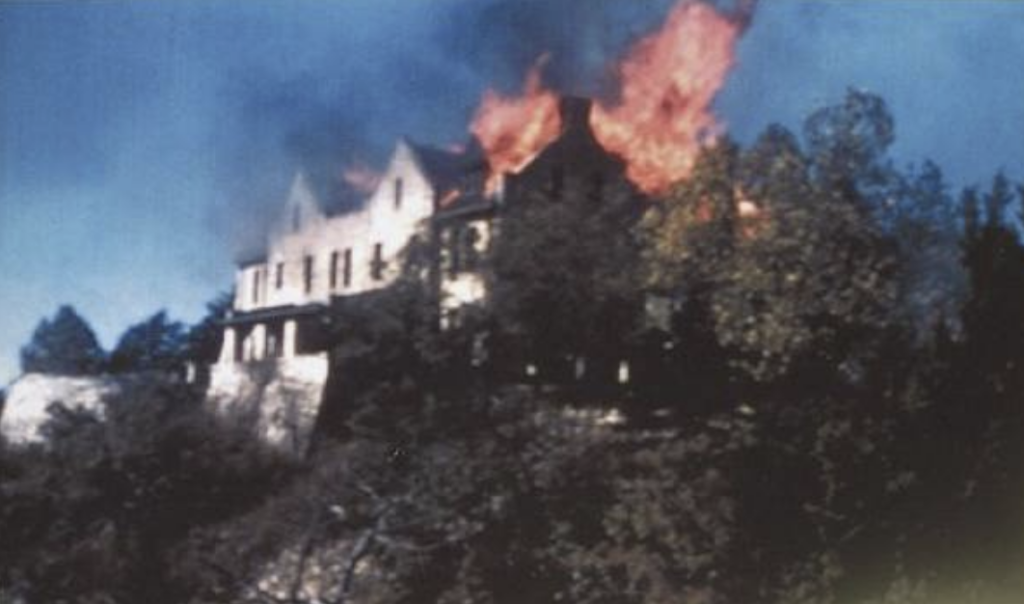
Snyder’s sons continued work on the castle, completing a majority of the work in 1922. Eventually, the property was leased for use as a hotel. On October 21st, 1942, sparks from a chimney ignited the cedar shingle roof and the fire consumed the castle and the carriage house. In 1976, vandals struck and the water tower was destroyed by fire as well.
After several failed attempts, Ha Ha Tonka was designated as a state park in 1978. Since its designation, its been a favorite destination spot for visitors interested in the geologic wonders of the terrain as well as the castle ruins that stand as a testament to the rise and fall of one of the city’s most powerful businessmen of the early 20th century.
Robert McClure Snyder is interred in the family’s plot in Elmwood Cemetery.
Citations:
Robert McClure Snyder portrait courtesy of the Encyclopedia of the History of Missouri, Vol VI, edited by Howard L Conard.
Bonaventure Hotel Photo courtesy of the Kansas City Public Library, Missouri Valley Special Collections
Kansas City Journal Sun, Sunday Oct 28, 1906 courtesy of the State Historical Society of Missouri, Digital Newspaper collections
Auto accident diagram, Kansas City Star, October 28, 1906
Ha Ha Tonka fire photo courtesy of the Miller County Museum & Historical Society, Tuscumbia, MO


